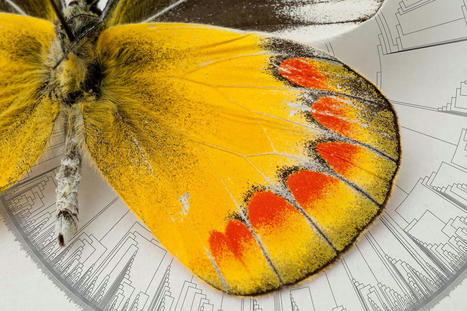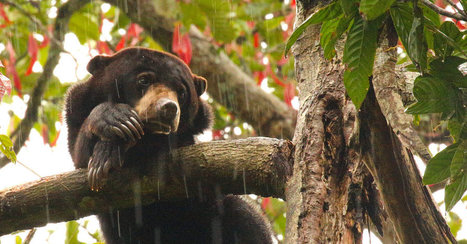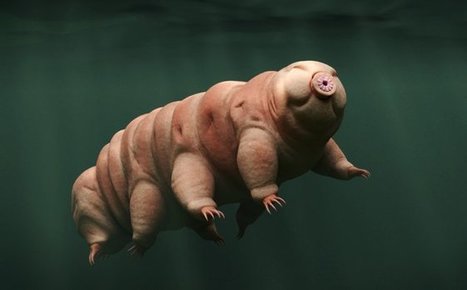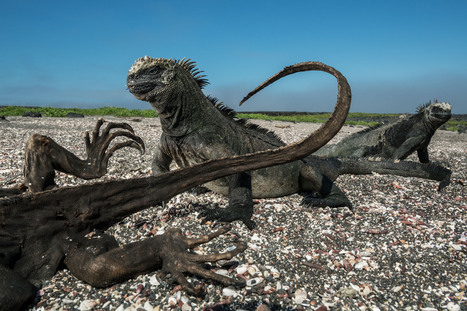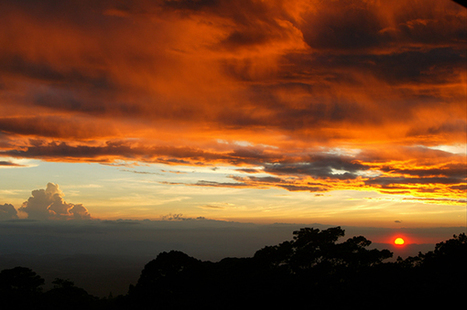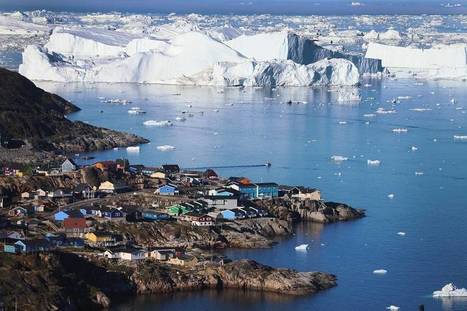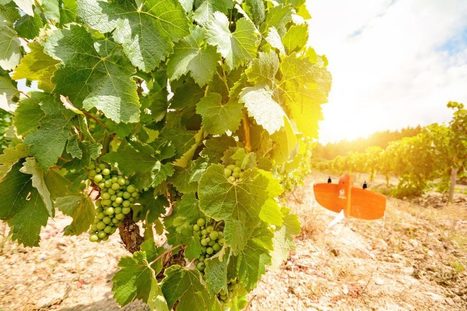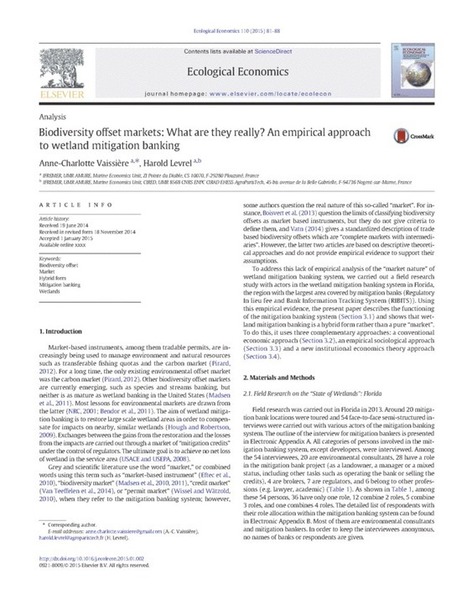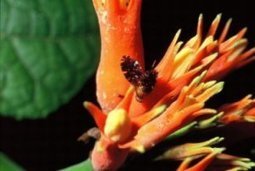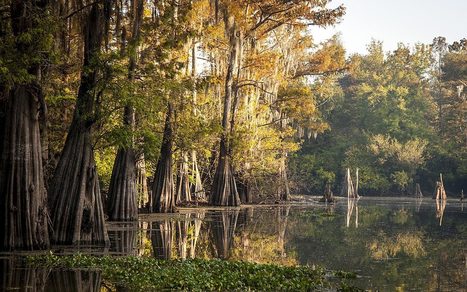A new map of butterfly heritage suggests an origin in North or Central America some 100 million years ago.
Research and publish the best content.
Get Started for FREE
Sign up with Facebook Sign up with X
I don't have a Facebook or a X account
Already have an account: Login
Coastal management and restoration of our planet's coastlines with a particular focus on California, Louisiana and the Pacific. Emphasizing wetland restoration, aspects of agriculture in the coastal plain, fisheries, dealing with coastal hazards, and effective governance.
Curated by
PIRatE Lab
 Your new post is loading... Your new post is loading...
 Your new post is loading... Your new post is loading...

Garry Rogers's curator insight,
May 28, 2017 3:01 PM
This beautifully illustrated story gives details on a number of species being harmed by climate change. All animals must struggle to survive. Now, with human-caused global warming, their struggle is becoming more difficult. Deaths are increasing, and extinction has appeared on the horizon.
|
DAIPO Emmanuel's curator insight,
December 1, 2017 11:32 AM
L'environnement naturel, la nature s'avère être la meilleure défense contre tous les évènements climatiques, dramatiques et catastrophiques, pas pour tout le monde, mais pour de nombreuses espèces néanmoins , mais cela a court terme. Plusieurs études ont montrer que l'habitat naturel influence, les espèces végétales et animales qui sont aux alentours. Pour s'assurer de ses dires, une expérience a été réalisée en Californie. De nombreuses espèces végétales ou animales jouent un rôle écologique plus qu'important , car elles s'adaptent aux différentes conditions qu'il lui sont soumises.
|




